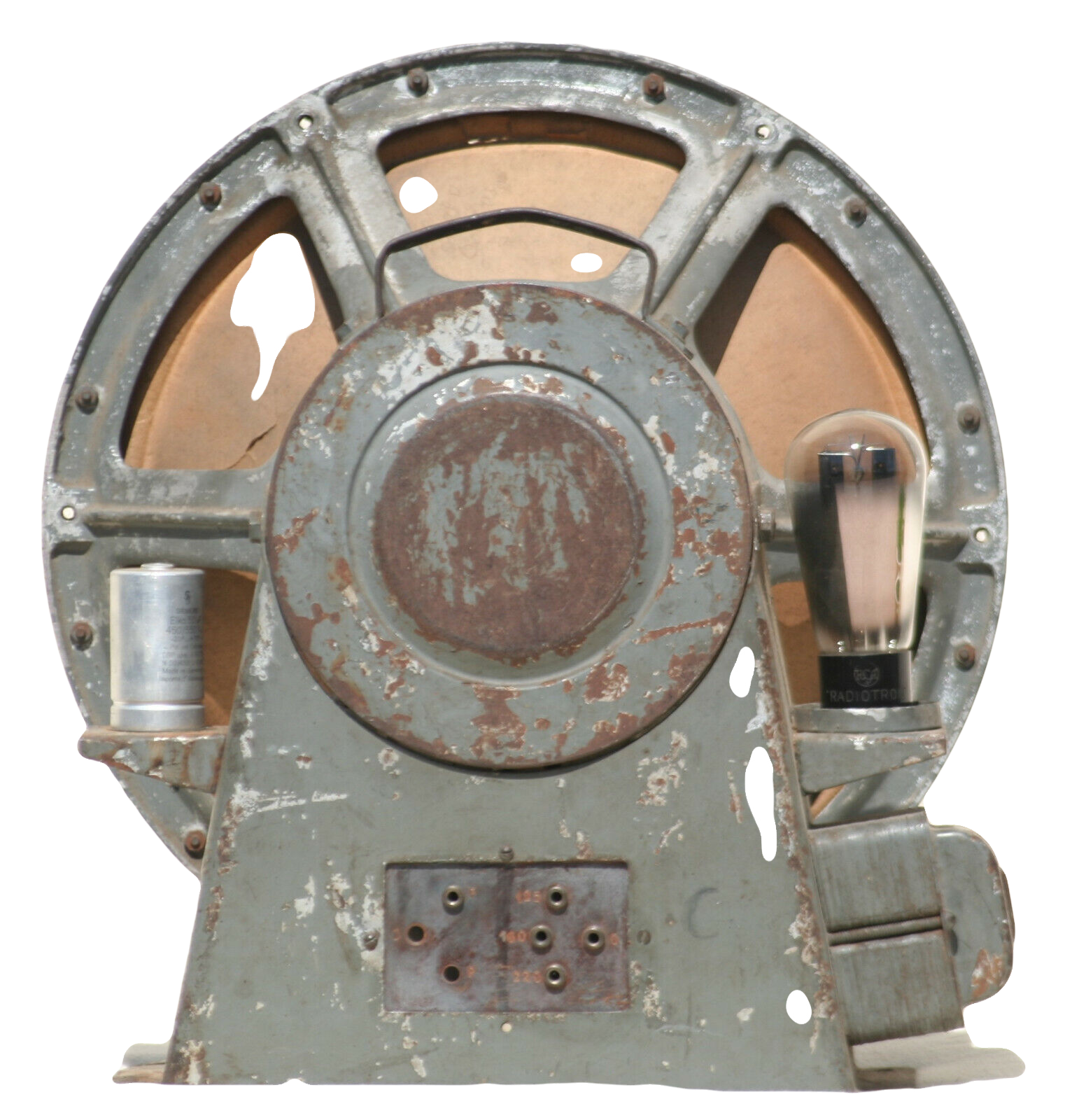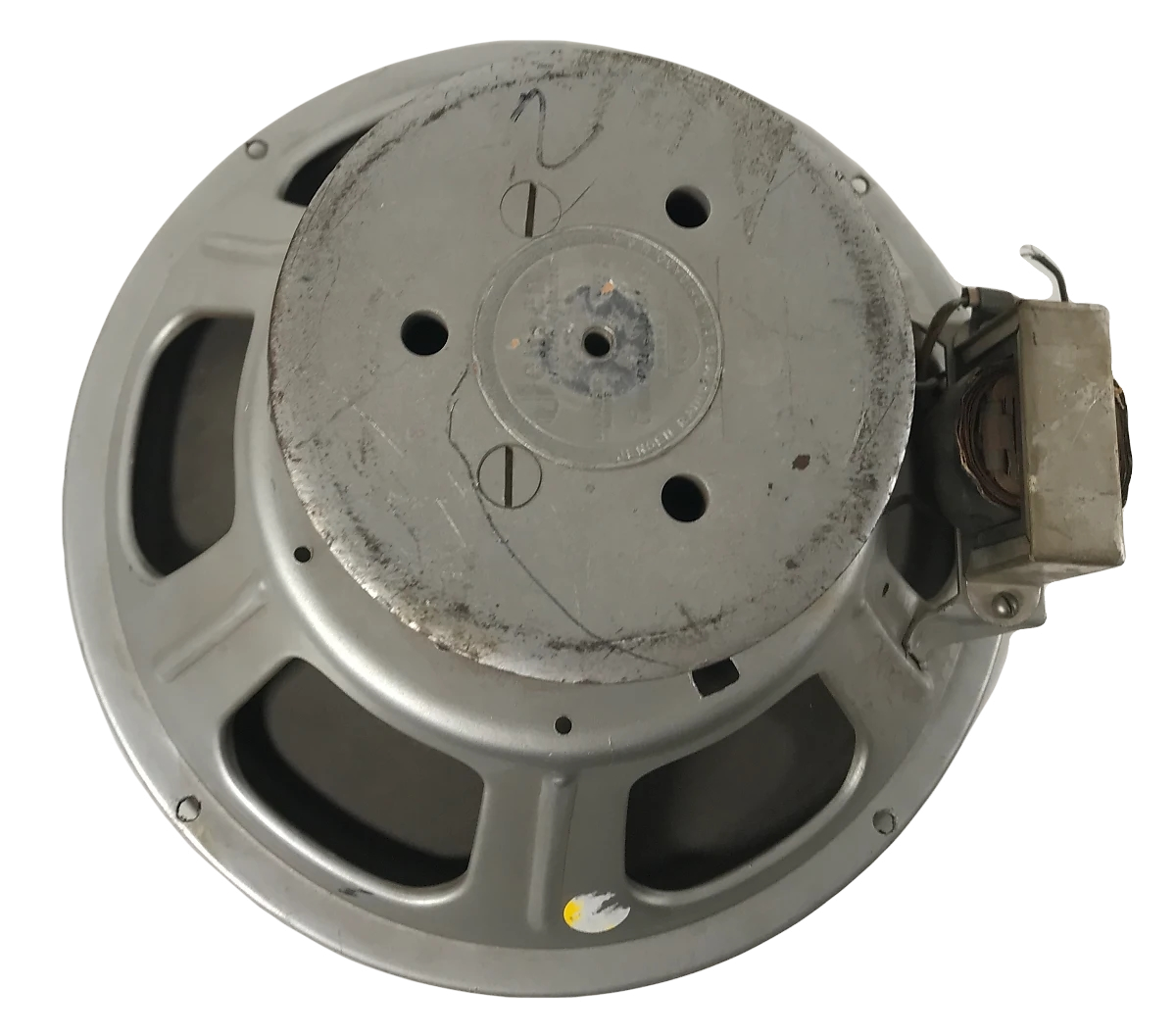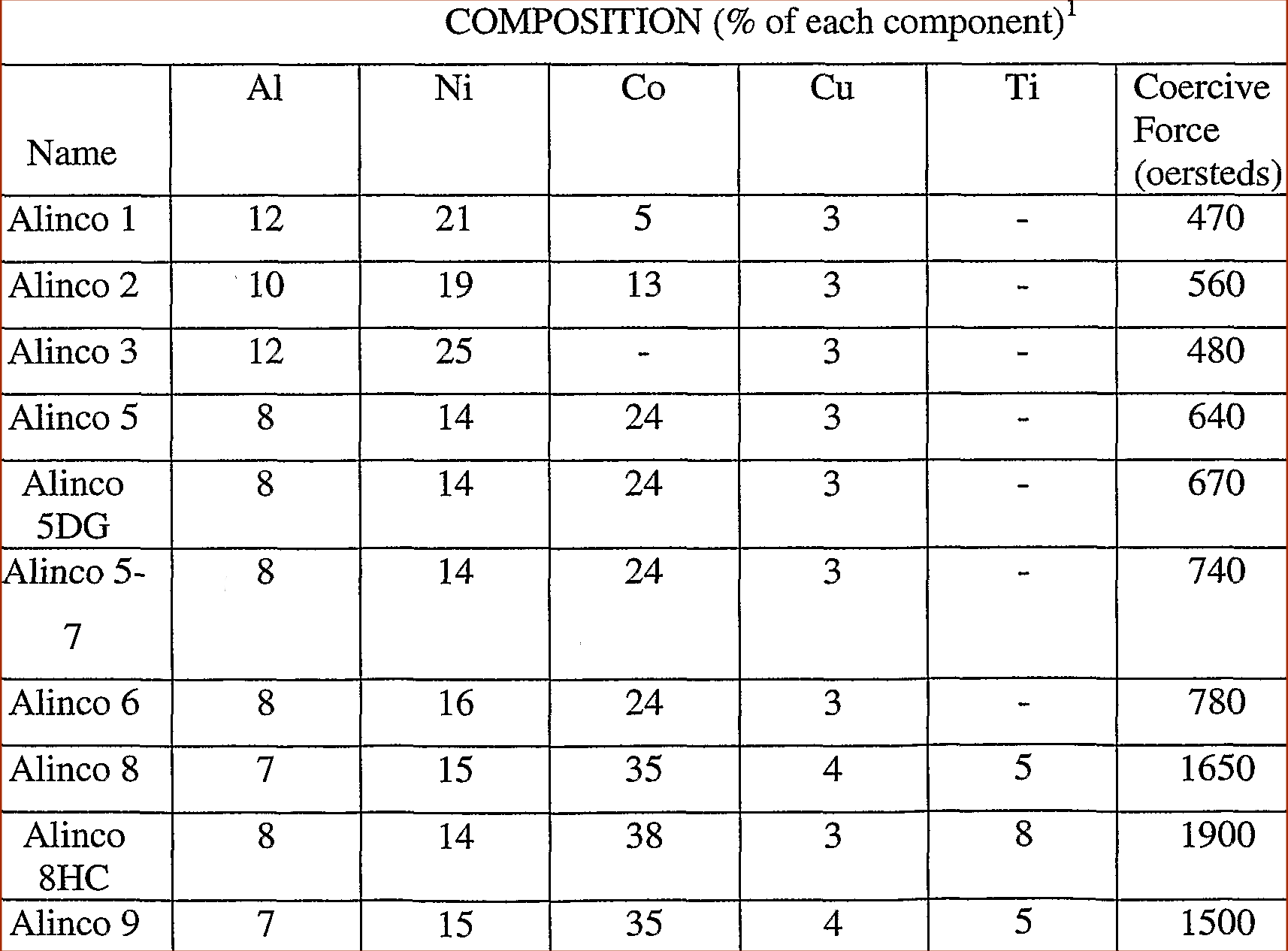the mystical magical qualities of alnico 3 / iii guitar pickups
the mystical magical qualities of alnico 3 / iii guitar pickups
Howdy guitar friends!! The next four or so blogs are ALL going to start with THIS statement: Before you read this blog, at least skim over this blog explaining exactly what AlNiCo (alnico) magnet material is and how the grades of alnico compare to each other as well as the other magnet materials commonly found in guitar pickups and speakers. Now it's time to do a little deep diving into the individual AlNiCo grades commonly found in pickups and speakers. Let's start with the very first formulation to be readily used in guitar pickups and loudspeakers: alnico 3 ... or, if you prefer roman numerals, AlnicoIII. If ya want the low-down on how a3 magnets SOUND in a guitar pickup, skip to the end; for those of us who like the back story, here it is :)
Let's not start at the beginning, let's start BEFORE the beginning ... Prior to the development of alnico magnets, there were only two magnetic forms that could be put to use in an electric design such as a loudspeaker and that was: 1) An electromagnet made from electricity and a coil, these were generally huge when you take the size of the coil and also the TUBE amplifier needed to energize the coil and make them work! Here is a version from the early 1930s that contains the speaker, field coil, and energizing tube amp all in a single unit.
Yeah, it IS as heavy and cumbersome as it looks!!!

The OTHER way to make a magnetic field was to mill it out of magnetite or lodestone which are naturally occurring magnet minerals. The resulting magnetic field was NOT really powerful enough to make a speaker cone move, so basically all speakers prior to the mid 1930's were of the field coil design. In fact, MOST speakers we field coil designs up to the late 19440's!
But everything changed in 1930 when a metallurgist and inventor named Tokushichi Mishima of Japan was able to combine (alloy) nickel, aluminum and iron to form a strong permanent magnet that could be produced economically and with far superior magnetic characteristics to the “magnet steels” available at the time. Only a few months later, he added cobalt and further improved the magnetic characteristics of the alloy, as well as improving its tenacity and ductility, a patent in Japan was issued in early 1931; AlNiCo had arrived baby! It was the death nail to the field coil speakers that railways and interstate highways were to moving freight by river. It was a whole new wonderful world for folks who built devices that produced sound waves. Ah, the Golden Era!
Now would be a good time to mention that the original alnico composition, (alnico 1), never saw much use, because alnico 2 was developed by the time most folks were even aware of alnico, alnico version 2 had already been developed, and it was a bit cheaper to produce, provided slightly improved magnetic specs, and even was easier to cast into shapes. So the world may never know what alnico 1 guitar pickups would sound like.
Here is a good example of what the early "permanent magnet" loudspeakers looked like, complete with a magnet made from Alnico II, the second patented alloy of nickel, aluminum, cobalt and iron.
You might note that using alnico 2 still made for some pretty large and heavy speakers, especially if you wanted good efficiency (volume) from it.
But wait, this blog is supposed to be about alnico 3 right!
Yep! Just needed to get the history cleared up because unlike what many people believe the alnico grades (numbers) do NOT indicate the "power" of the magnet, they are simply listed in chronological order. So ...
Alnico 3 (also called alnico III and simplyA3) WAS concocted after alnico 2, but it is certainly NOT a more powerful magnet. But wait, I thought the whole idea behind alnico was to be able to make stronger magnets you might ask. And the answer is that's only part right. It was also supposed to be inexpensive and easily used in a variety of electronics and manufacturing applications, it was intended to make the field coil apparatus obsolete; the SECOND formulation did MOST of that, but the raw materials, cobalt in particular, was still quite expensive, and producing the alloy required some serious heat, again because of the melting temperature of ... cobalt. So, it was back to the drawing board for "Mr. M" in Japan. He determined that the right amounts of Aluminum and nickle blended into the ferric oxide (rusty steel) STILL produced a fairly decent magnet; Cobalt was not essential, and so alnico 3 isn't really alnico at all, its REALLY AlNi ! Or if you include the Iron, AlNiFe, and some old timers do, in fact, refer to it as such. And, as a result: Alnico 3 is the WEAKEST of all alnico magnets, it's actually about on-par with the ORIGINAL alnico (a1), and so it's easy to see why a1 died a quick death, with a3 having almost identical properties and much less expensive to produce.
The Fender connection:
Leo Fender was developing his first electric guitars at exactly the time alnico III was the most common magnet material available to industry (1947-1949), so it's no surprise that his first Telecasters (Broadcasters and "Nocasters") and Stratocasters up to 1957 us A3. it was cheap and plentiful, and Leo was a very sensible guy.
Gibson was a bit behind Leo in solid-body electric pickup design, and only used Alnico III for a few prototype pickup sets from 1949 to 1956, by 1957, when the first PAFs became available to the public, they used all alnico II, although a few examples of 1957 PAFs have been noted as having alnico III magnets, probably because they were left over or inadvertently mixed in with the alnico II box. Alnico III makes a particularily poor magnet for the dual-coil humbucker design with Iron screws and pole-pieces getting their Gauss from merely TOUCHING the bar under the coils. That's VERY different than the early Strat and Tele sets where the Alnico III actually WAS the pole pieces with a typical Gauss reading of 700+mt ... in a PAF design, the pole-piece Gauss is an extremely anemic 200-250mt.
From last week, here s an alnico comparison chart as a refresher on exactly how a3 compares to the other grades.
Note that there is also a little copper in there, it doesn't contribute any of the magnet properties but makes the aluminum and nickle alloys play nice, and also helps the magnets to be a little less Brittle.
Bottom Line: how does alnico 3, also termed a3, or alnico III, SOUND in a guitar pickup:
This is an easy one, listen to ANY Fender Telecaster or Stratocaster prior to 1958! Think buddy holly's Strat tone. Think James Burton's EARLY Tele tone. It's sparkly, airy, open and downright beautiful sounding. If you want tone that roars, you do not want a3 pickups. Alnico 3 sings beautifully, and it;s nearly impossible to make it angry. Sure, if you add a bunch of overdrive, fuzz, distortion and so on it'll sound raunchy, but you'll always be able to feel that it's not at it's finest when driven hard.
Next ... We go into Alnico II, my favorite of all the alnico alloys, so come on back, and keep reading this fascinating tale!
btw, here is a great article on the EARLIEST Fender guitars and development: click here :)
- VAUGHN SKOW's blog
- Log in or register to post comments



